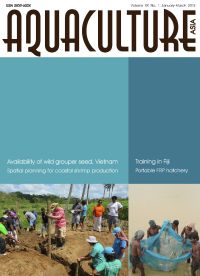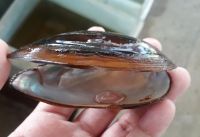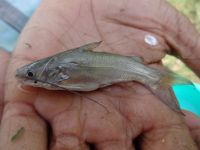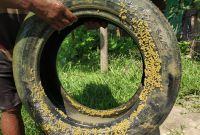Aquaculture Asia Magazine, October-December 2021
21 November 2021 | 21593 views | .pdf | 7.51 MB | Freshwater finfish, Hatchery and nursery, Health and Biosecurity, India, Molluscs (shellfish and other)

In this issue:
- Habitat breeding and seed rearing of a near threatened featherback, Chitala chitala
Kaustubh Bhagawati, Sangipran Baishya, Bipul Phukan, Pabitra Kr. Saharia and Binod Kalita - Wild seed collection and modified-extensive farming of Mystus gulio in inland water bodies of South 24 Parganas, West Bengal
Subrato Ghosh - Freshwater pearl culture practices and challenges in India
Sonal Suman, Shailesh Saurabh, Sweta Pradhan, Pavan-Kumar, A., Rekha Das. and Gopal Krishna - Next generation probiotics: Future therapeutics for sustainable aquaculture
Shyam K.U., Rahul Krishnan, Jeena K., Vijaysunderdeva G. and Kurcheti Pani Prasad - NACA Newsletter
Creative Commons Attribution.



